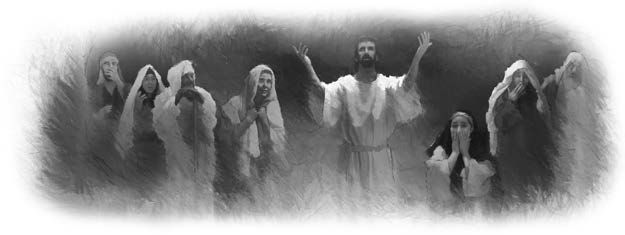Pablo had never heard of Seventh-day Adventists. A leader among the Sikuani indigenous people in Colombia, he was far from home when he was invited to a Sabbath worship service.
“This Saturday, we will have a meeting,” someone said. “Come!”
Pablo went to the morning service and saw that people studied the Bible. He returned for the afternoon service and heard people asking Bible questions. He was amazed that Cristian Camilo, the 25-year-old missionary who had led the morning service, answered every question from the Bible.
When he got a chance, Pablo had his own question. “What do I need to do to become a member of the Seventh-day Adventist Church?” he asked.
“We can start Bible studies,” Cristian said.
He gave Pablo a set of 20 Bible lessons in Pablo’s own native Sikuani language. Pablo was pleased and asked for lessons for the rest of his family.
Cristian gave Pablo a Bible and promised to travel to his community with lessons for his family.
Cristian was responsible for a large territory, and three months passed before he was able to visit Pablo. He traveled with two Sikuani Adventists because he couldn’t find Pablo’s rural community without their help.
Pablo welcomed Cristian and announced that he had finished studying the 20 Bible lessons. He said he also had given Bible studies to his family and the rest of the community, and 15 people were ready to be baptized.
Cristian, who had arrived on a Friday, spent the rest of the day answering Bible questions and checking whether the people were ready for baptism. When the sun set, he led an evening worship program.
On Sabbath morning, Cristian led the community in a divine worship service. Afterward, one man said, “There’s a lake over there.” Another said , “We want to be baptized right now!” That Sabbath, five people were baptized: Pablo, his mother, his two brothers, and a sister-in-law.
Today, Pablo is giving Bible studies to his people.
“There are many people who are hungry for the Word of God in Pablo’s community,” Cristian said. “Like Pablo, there are many people who are waiting to be reached.”
Thank you for your prayers for missionaries who, like Cristian, face huge challenges reaching unreached people groups in Colombia and elsewhere around the world. Learn about Adventist Mission’s work to reach unreached people groups at: bit.ly/GMPioneers.

